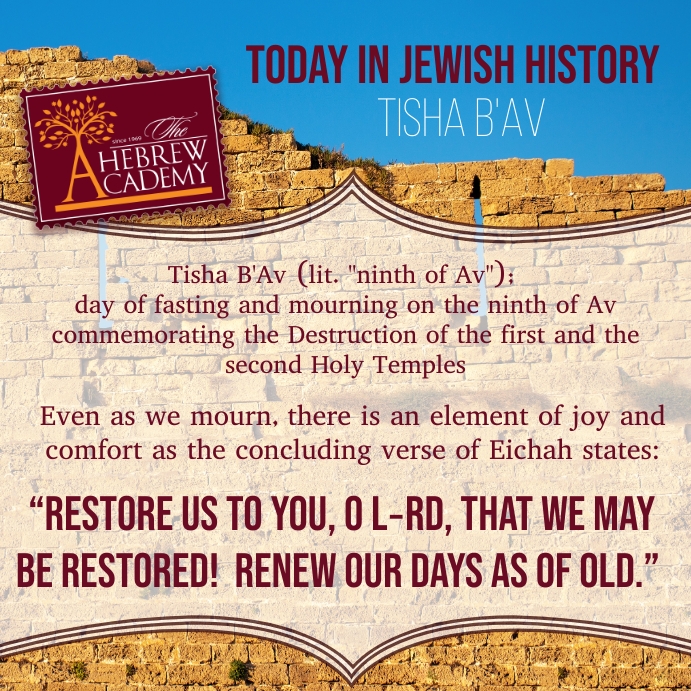how could JTB have been a Jew and participated in the Passover?
Here is a view of the question:
Passover Theme in the Gospel of John Cross-Reference Old Testament
The lens John uses in his Gospel is fully fixed on Jesus. Wang points out that John’s Gospel gives more time to “Jesus’ passion” than any of the Synoptics.
[12] The reason John writes is to foster faith in Jesus and, as Lee puts it, to stress “the identity of the Johanne Jesus.”
[13] This identity that Lee speaks about is the Jesus who fulfills the plan of God’s redemption.
Even though the fulfillment themes in John are many, perhaps the most powerful is that of the Passover. Dvorak points out that the Passover is a major theme in John because while the “Synoptics record Jesus’ attendance only at the Passover Feast that immediately preceded his death, [but] John, however, recounts three [Chapters 2, 6, 12] Passovers ….”
[14]
In the prologue, John sets the stage for Jesus’ climatic fulfillment of the Passover when he reports John the Baptist’s proclamation “Behold, the Lamb of God!”[15] There is only one reason to associate Jesus with a Lamb.
That reason is pictured in the Exodus account of the first Passover where the Lamb took the death that would have been for the firstborn and by its sacrifice provided covering and life for the firstborn children of Israel. In contrast, the Egyptians, who had no covering, lost their firstborn to the angel of death that God sent.[16]
After the reference to the Lamb in the prologue, in Chapter 2, Jesus is said to go to Jerusalem for the Passover and, on this occasion, Jesus drives all the of animals out of the temple. Clearly, in Jesus’ words, this was about how they had made “my Father’s house a house of trade.”
[17] However, when it is put into the great theme of John’s narrative, we see that John is using this incident to communicate Jesus as the true purifier of the temple. R.C. Sproul seems to interpret John’s words here consistently with the idea of Jesus as the purifier when he wrote, “Jesus is the final and full expression of what was only a shadow in the OT (Heb. 10:1).”
[18]
Jesus again visits the temple on Passover in Chapter 6 and this visit is right on the heels of feeding the multitudes and walking on the water. John is linking the reader’s mind back to the Old Testament when he recounts these, just as the Hebrews had walked through the sea
[19] by God’s power Jesus walked across the sea
[20] of Galilee and just as God had fed the people with the bread of heaven,
[21] Jesus fed the people.
[22]
Jesus makes this connection plain when he said, “Moses who gave you the bread from heaven.”
[23] Jesus goes on in Chapter 6 to expand on the theme of himself as the Passover Lamb. In the Old Testament, after the Lamb was sacrificed and the blood covered the door to the house, the people were to eat the Lamb and leave nothing of it
[24] and Jesus tells the crowd that “unless you eat the flesh of the Son of Man and drink his blood, you have no life in you.”
[25] This picture proved too enigmatic for most of the crowd who left off following him.
The final Passover in John is the one in all the Gospel accounts. R.C. Sproul says of this Passover account, that starts in Chapter 11:55, “[a]t this Passover feast (cf. 6:4), the Lamb of God, who takes away the world’s sins (1:29), will be sacrificed.”
[26] It is interesting to note that Jesus in John 18:1 crosses the Kidron valley this night after promising a new covenant in his blood, this is the place where all the false altars were cast when Hezekiah rededicated the temple
[27] and Selman points out that it is at this point in Israel’s history that “[t]he original smearing of doorposts and lintels (Exod. 12:7, 22–23) is replaced by sprinkling on the altar.”
[28]
Since this was Passover night, it would have been the 14th day of the month, Jesus as the Lamb goes out into the twilight
[29] to be taken like the Lambs from Exodus. Charles Spurgeon very clearly explains Christ as the Passover fulfillment with these words,
Come, let us keep the Passover this night, and think of the night when the Lord delivered us out of Egypt. Let us behold our Saviour Jesus as the Paschal Lamb on which we feed; yea, let us not only look at him as such, but let us sit down to-night at his table, let us eat of his flesh and drink of his blood; for his flesh is meat indeed, and his blood is drink indeed.
[30]
Another view:
- When John the Baptist stepped forward in John 1:29 and introduced Jesus as the Lamb of God , he did so as the final Old Testament prophet, the son of a priest, and as the chosen forerunner of Christ. He identified Jesus as the Passover Lamb of God, how powerful, complete and transforming is that truth.
does it not have four cups of wine?



